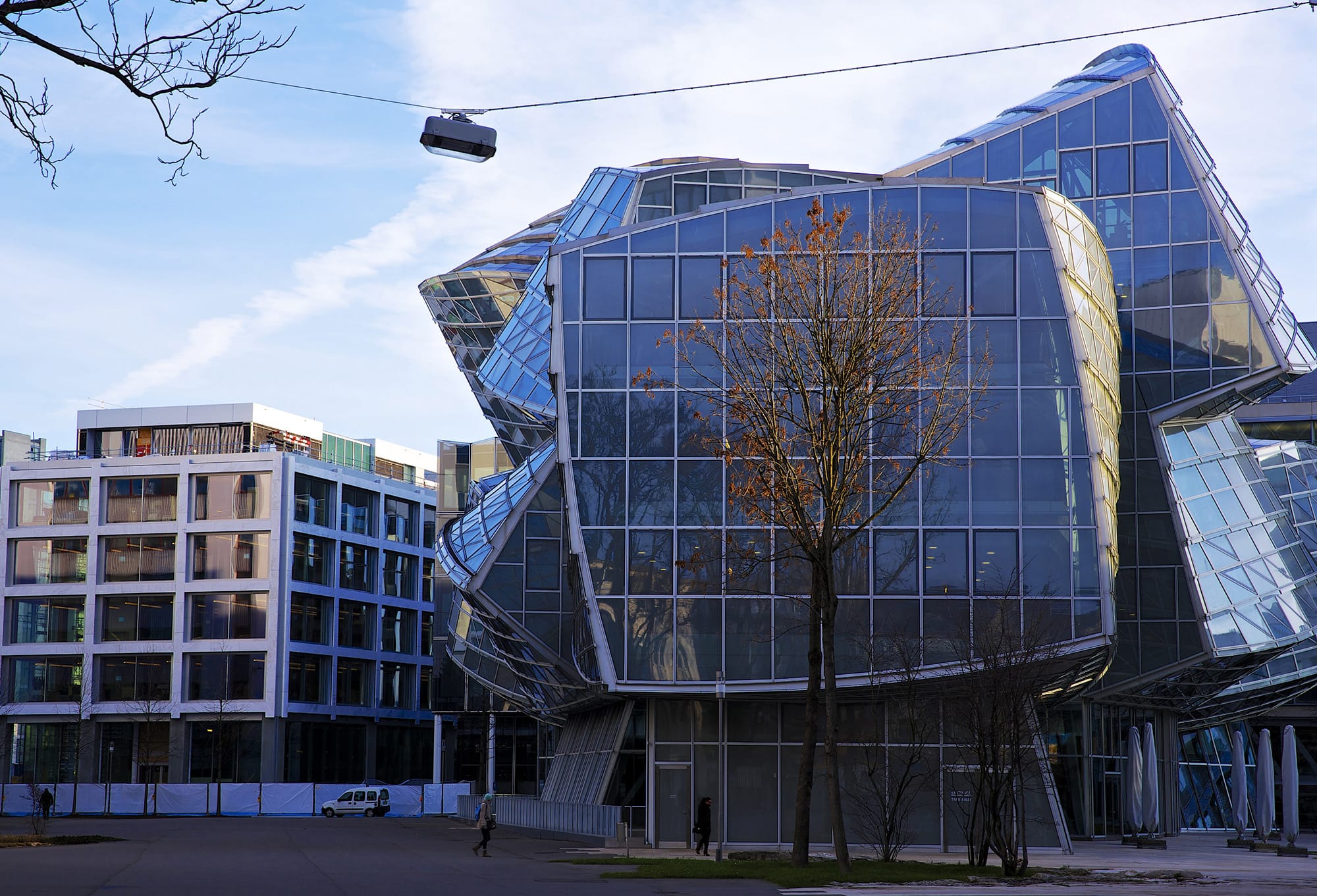Even if you can’t name a building by architect Frank Gehry, you’ll know it when you see it: Gehry’s is the structure whose panoply of lines pile up against one another, with angles so improbable as to look barely functional. His style is bright, dynamic, and as subtle as a police siren.
This instantly recognizable aesthetic has helped make Gehry arguably the most famous architect in the world. His name is a brand in itself: There was a Frank Gehry line of jewelry at Tiffany’s, a Frank Gehry furniture line from Knoll, and a Frank Gehry handbag from Louis Vuitton. His level of celebrity transcends architecture, derived instead from the perception that Gehry is simply an artistic genius.
In a 1997 New York Times review, architecture critic Herbert Muschamp wrote that Gehry “changed an art form and in the process is changing a culture.” Eighteen years later, his reputation continues to grow.
Where does this genius come from? Was it always there-simmering below the surface, a universal truth waiting for the opportunity to be recognized? This what architecture critic Paul Goldberger set out to discover in creating his new biography, “Building Art: The Life and Work of Frank Gehry.”



